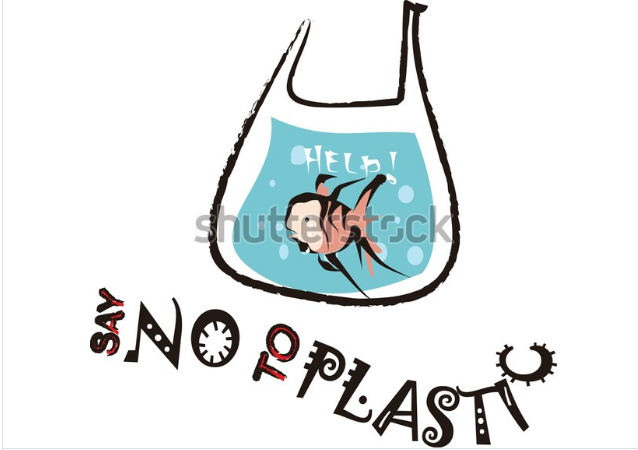illustration free pollution plastic
 |
| illustration free pollution plastic |
The Dangers of Plastic to Marine Sustainability
THE level of population consumption of ready meals and residential equipment has increased rapidly during the outbreak of pandemicovid-19. The provisions of both lockdown and work from home (WFH) require anyone restricting activities outside the residence to withstand the massive spread of covid-19.
Increased consumption of ready-to-eat or in-packaged food products along with household products also contributes to increased plastic consumption. Nowadays, plastic is considered as a product that is harmful to human freshness and environmental sustainability.
Plastic has been a topic of discussion and discussion by various parties in the last two decades. At an international meeting organised by the UK non-profit organisation Common Sea for 2018, scientists in attendance agreed that plastic is a serious threat to human freshness (Caroline Jones: 2018). The next main view of scientists is anxiety about tiny microplastic particle particles entering the bloodstream, lungs, and specifically for nursing mothers is breast milk or breast milk! Experts agree that more research is needed to properly reveal how these tiny fragments of plastic can affect the body. Although further research is still needed, it reinforces the population's argument for reducing consumption of plastics.
READ MORE : Illustration Meaning Box Gift
Plastic's serious problem has a dualism role in modern human events. On the one hand, plastic is a symbol of the progress of human civilization. Plastic becomes an entity of modern human consumption patterns and high-tech growth.
However, on the other hand, plastic is the largest waste in the event of human civilization. Nowadays, plastic waste becomes a serious problem in human life. Plastic waste has consistently increased by 20-fold since the 1960s.
Data from PlasticsEurope explains that the world's plastic production in 2017 reached 348 million tons and in 2018 reached 359 million tons.
The further increase took place due to the increasing consumption needs of the world population towards plastic products. Almost all human consumption products are made from plastic. Unfortunately, the need for plastic raw materials is not accompanied by the proper and effective handling of plastic waste.
The production of various products made from plastic leaves plastic waste not only on land, but also in water bodies or rivers that then end up in the sea. Research and Development Center (Puslitbang) Public Health Efforts Ministry of Health towards 2020 has compiled a policy brief entitled Beware of Microplastic Content In Sea Fish: Is It Harmful to Health?.
READ MORE : Illustration Vector Hand Sanitizer
The next policy brief is research conducted on the dangers that lurk derived from plastic waste / microplastics in marine fish.
The sea is often the last plastic waste disposal area. Further conditions endanger the sustainability of marine ecosystems. Humans often miss the role of the ocean as a very meaningful ecosystem and play a necessary role in the growth of energy sources both biological and non-biological. The role of the sea as a supporter of food security is also less of a concern for some countries in the world.
Pollution problem concept. Say no to plastic bags, bring your own textile bag. Cartoon styled images with signage calling for stop using disposable polythene package. Vector illustration.
MY PORTFOLIO IN SHUTTERSTOCK : NARDIDESIGNS
link download :https://www.shutterstock.com/image-vector/pollution-problem-concept-say-no-plastic-1689894307the illustration artist,a illustration of art,the artworks illustration agency,a companion to illustration art and theory,
